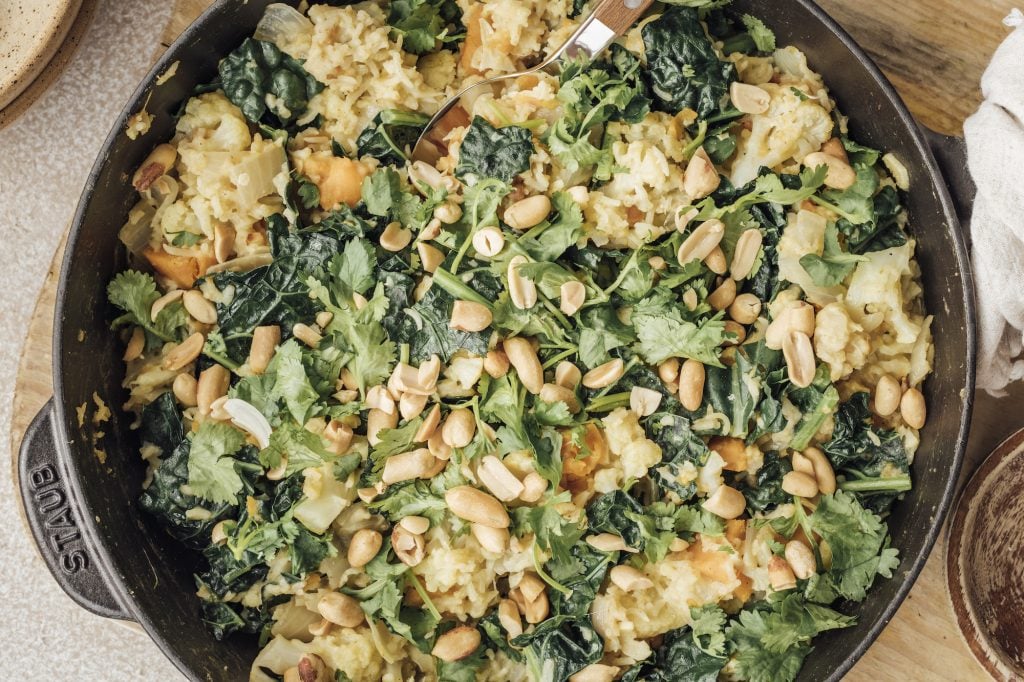10 Fast-Growing Plants for Instant Garden Gratification
Spring is here, and you’re itching to get that garden started. But those heirloom tomatoes you’re drooling over won’t ripen until summer, and your pumpkins won’t be ready until almost Halloween. Fortunately, there are plenty of fast-growing plants you...

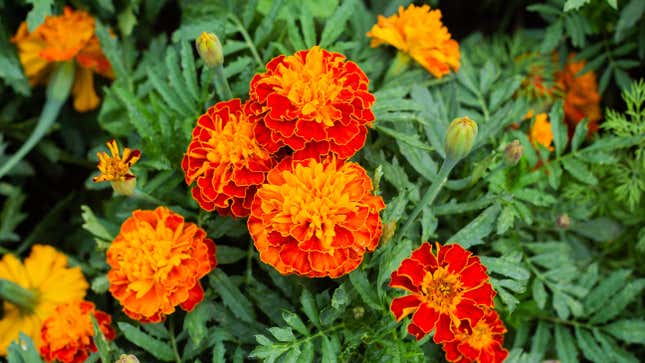
Photo: FunFamilyRu (Shutterstock)
Spring is here, and you’re itching to get that garden started. But those heirloom tomatoes you’re drooling over won’t ripen until summer, and your pumpkins won’t be ready until almost Halloween. Fortunately, there are plenty of fast-growing plants you can enjoy shortly after planting. Read on for our vegetable picks, and a few flowers, too.
(As a bonus, most short-growing plants can usually be planted twice—or more!—each year, so feel free to plant a second round after you harvest the first.)

Photo: ANDREW PROFOTO (Shutterstock)
These guys are the absolute GOAT of fast gardening, and they love cool weather, so you can start as soon as the ground is plantable. Seeds only take a few days to germinate, and the plants will get noticeably bigger day after day. Three to five weeks after planting, you’re ready to harvest. And if you don’t love the round red kind, try a mixed seed pack that includes different colors, shapes, and flavors.
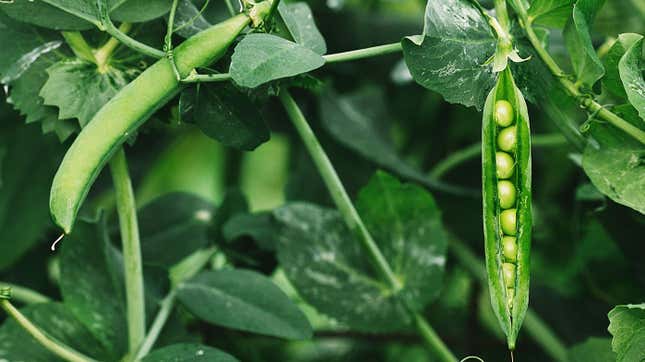
Photo: Irina Bg (Shutterstock)
Peas are another cool-weather crop perfect for spring gardening. Start early, and make sure you have something for the little pea vines to climb—stakes in the ground, perhaps, or a nearby fence. Early varieties like Sugar Snap can be ready in as little as six to eight weeks.

Photo: FunFamilyRu (Shutterstock)
Marigolds like warm weather, but if it’s still cool where you are, you can start them indoors. It only takes about eight weeks to see those rich orange-yellow blooms, even if you started from seed.
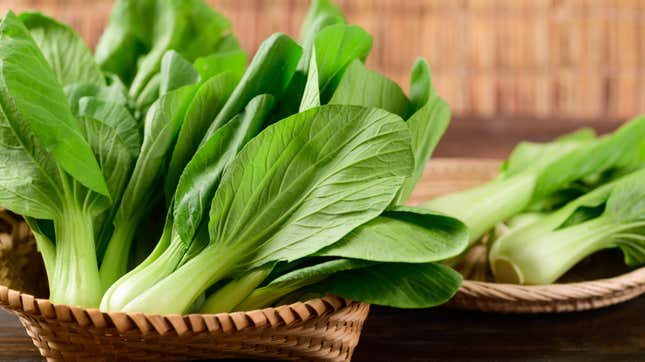
Photo: Nungning20 (Shutterstock)
This crunchy cabbage relative is another quick grower. It likes cool temperatures but not cold ones, so check gardening charts for your area to find the right time to plant. Once it gets started, though, you’ll have enough to harvest in six to eight weeks. Cut the plant about an inch from the ground, leaving the roots intact, and you can often get a second harvest for free.
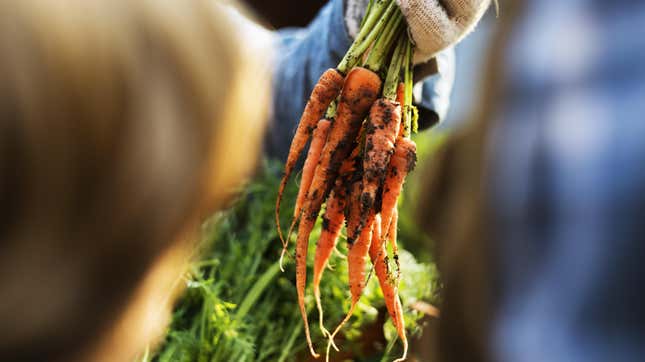
Photo: Rawpixel.com (Shutterstock)
The baby carrots you buy at the store are specially manufactured to be the shape that they are. But if you just want little carrots, all you have to do is grow normal carrots, but harvest them early. These literal baby carrots are traditionally harvested as part of the “thinning” process, where you pull the smaller plants in a row to make room for the bigger ones. Eat the thinnings, and leave the rest to grow.
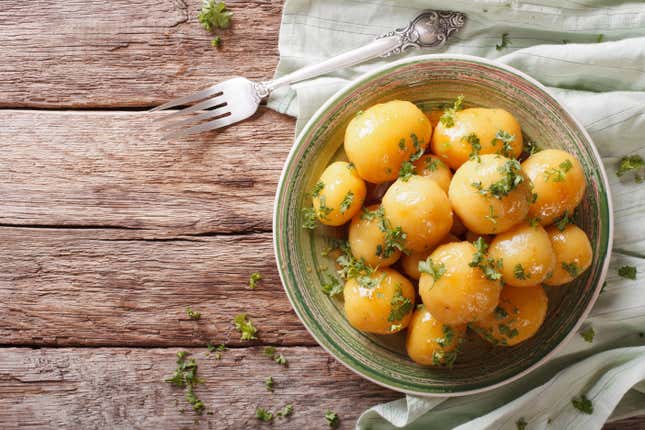
Photo: Sergii Koval (Shutterstock)
If you’ve ever wondered why they’re called “new” potatoes, today is the day you learn. They are literally new potatoes, the cousins of our carrot thinnings described above. Around the time that potato plants start to bloom—two to three months after planting—they are already forming tiny tubers. Carefully dig up the new potatoes around the edges of the plant, but leave the rest of the root structure alone.

Photo: October22 (Shutterstock)
Many onions are fast-growing and love cool temperatures, so these are another quick spring harvest. Scallions only take 10 to 12 weeks. And if you want to grow regular onions, start with “onion sets,” which are tiny immature onions. They’ll be ready almost as quickly as scallions, about 14 weeks.
By the way, these last three items—carrot thinnings, new potatoes, and early onions—are the traditional ingredients in the Dutch dish hutspot, which is the root of our word “hodgepodge.”
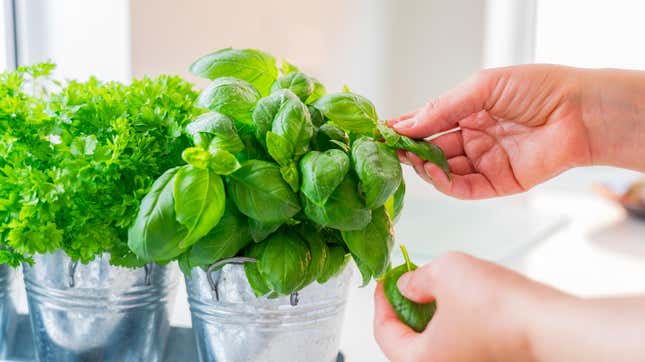
Photo: Okrasiuk (Shutterstock)
So far we’ve been getting our hands dirty out in the garden, but I’m going to share a gardening secret with you that is, to be honest, cheating: just buy herbs as plants.
Sure, you could grow basil and parsley and all the rest from seeds. But you can often just pick up pots of them at the grocery store. You can harvest your first basil leaf the second you get that sucker home. Take care of it—either in its pot or out in the garden—and soon you’ll have plenty more.
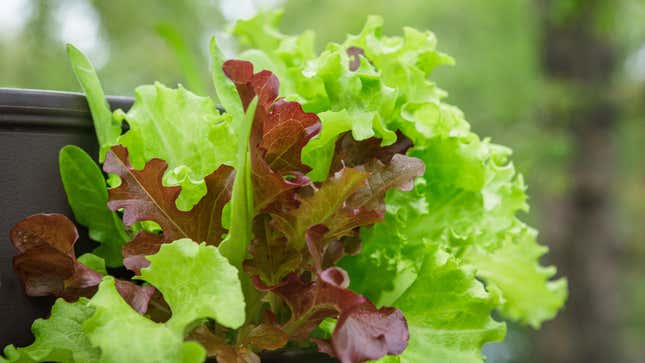
Photo: eurobanks (Shutterstock)
If you like baby greens and baby lettuces, you’ll have a satisfying gardening hobby with almost zero effort. Buy a mesclun mix, or choose any lettuces or greens of your choice. I already mentioned baby radish leaves as a good choice, but consider baby spinach, baby kale, baby chard, and of course the classic arugula. Plant your little babies, then mow them down in the prime of life—just three to four weeks after planting.
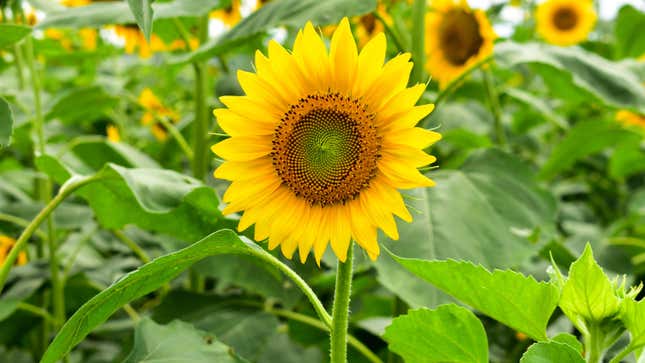
Photo: Ganeshkumar Durai (Shutterstock)
Let’s close out the list with another flower. Mammoth sunflowers take a while to reach maturity, but they’re thrilling to watch in the meantime. They start as a normal sized sunflower seed, and end up, I am not kidding you, 10 feet tall. That means they’re growing around an inch a day. By the end, they produce flowers the size of your head that are surrounded by bumblebees as they grow and end up packed with seeds by the time the heads mature and droop over. Chew them as snacks or leave them out for the backyard birds—your choice.

 Tekef
Tekef 







